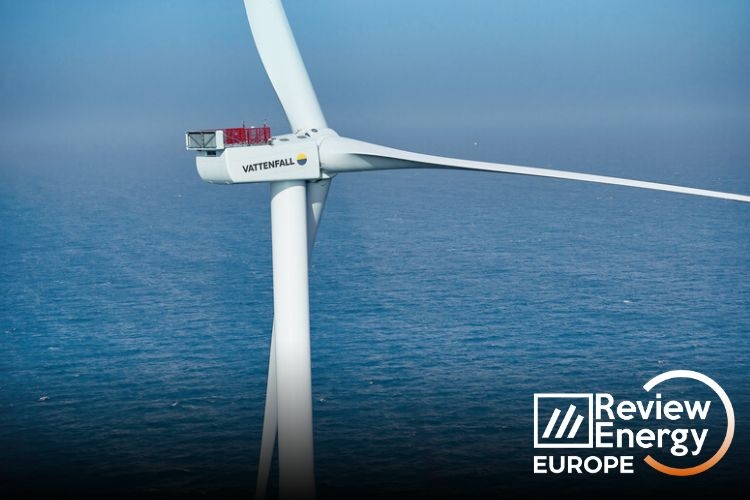
BASF has signed an agreement to acquire 49% of Vattenfall's Nordlicht wind farms in Germany
Vattenfall and BASF have entered into a significant agreement for BASF to acquire 49 percent of Vattenfall’s Nordlicht 1 and 2 offshore wind farms. The move underscores the deepening partnership between the two companies in the renewable energy sector.
The Nordlicht offshore wind farm project, located 85 kilometres north of the island of Borkum in the German North Sea, is being developed without state subsidies. Once completed, with a combined capacity of 1.6 gigawatts, it will become Vattenfall’s largest offshore wind farm project to date.
Vattenfall will spearhead the development and construction of the Nordlicht sites, aiming to supply its German customers with fossil-free electricity from its share of future electricity generation. On the other hand, BASF plans to use its 49 percent share to power its chemical production sites across Europe, with a special focus on Ludwigshafen.
This isn't the first time BASF has ventured into offshore wind energy with Vattenfall. In 2021, BASF acquired nearly half of the shares in the Hollandse Kust Zuid offshore wind farm in the Dutch North Sea.
Martin Brudermüller, Chairman of the Board of Executive Directors of BASF, commented, “With the investment in Nordlicht 1 and 2, we will have the necessary renewable energy to advance our transformation in Europe, particularly at our major site in Ludwigshafen. Together with Vattenfall, we are paving the way to achieve our 2030 emissions reduction target.”
In addition, Anna Borg, President and CEO of Vattenfall, highlighted the significance of offshore wind energy in Europe's energy transition. “Partnerships are key to transforming European industries and enhancing competitiveness. We are delighted to strengthen our relationship with BASF for another crucial offshore wind project, accelerating our joint journey towards fossil freedom.”
The Nordlicht wind farm consists of two separate sites: Nordlicht 1 with a capacity of around 980 megawatts and Nordlicht 2 with around 630 megawatts. Upon full operation, the wind farms are expected to produce approximately 6 terawatt hours (TWh) per year, equivalent to powering 1.6 million German households. Construction is slated to commence in 2026, pending a final investment decision in 2025, with full operational status expected by 2028.
Financial details of the transaction remain confidential between the parties involved.










Comentarios
Sé el primero en comentar...